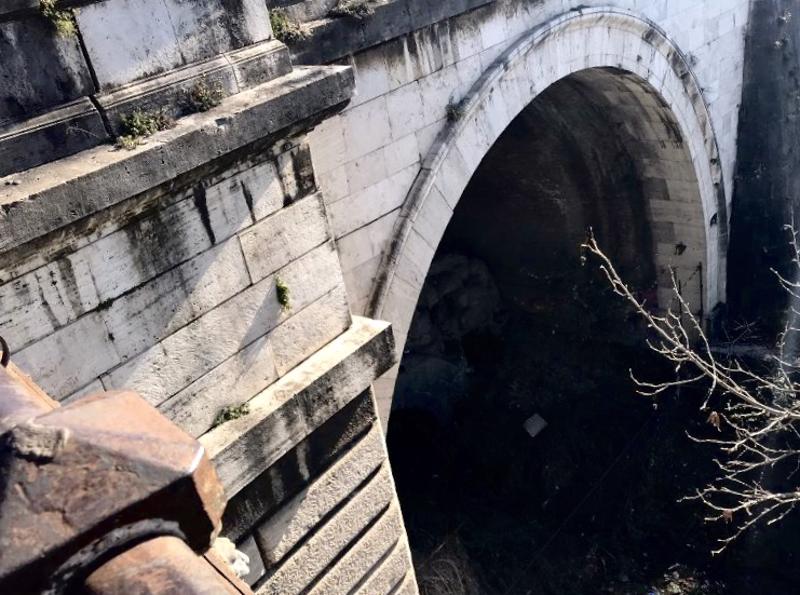Rome
Before the "Romans" actually existed, a group of craftsmen, known particularly for their building skills, called the Etruscans occupied the northern area of Italy. The Estrucans produced a variety of functional and decorative art, from vases to shields to sarcophagi, that adapted and refined Greek style, particularly perfecting the human form with more features and accuracy. Though much of Etruscan building and art had a lasting influence on the Romans and their own work, a notable contribution of Etruscan engineering to the very creation of Rome was the building of the Cloaca Maximum around 600 BC. Before this sewer was built, the land was marshy and uninhabitable, but because of the Cloaca Maximum Rome was able to settle along the Tiber River. Not only did the construction of this drain make the area livable and viable, but it also was so well built and successful that the Cloaca Maximum is still a part of Rome's sewer system today as well as one of Rome's oldest moments. The Cloaca Maximum is an excellent example of how Etruscan influence, whether religious, political, or architectural, helped shape the city that would become Rome.
The Etruscans
January 04, 2019
|
Rome, Italy
Before the "Romans" actually existed, a group of craftsmen, known particularly for their building skills, called the Etruscans occupied the northern area of Italy. The Estrucans produced a variety of functional and decorative art, from vases to shields to sarcophagi, that adapted and refined Greek style, particularly perfecting the human form with more features and accuracy. Though much of Etruscan building and art had a lasting influence on the Romans and their own work, a notable contribution of Etruscan engineering to the very creation of Rome was the building of the Cloaca Maximum around 600 BC. Before this sewer was built, the land was marshy and uninhabitable, but because of the Cloaca Maximum Rome was able to settle along the Tiber River. Not only did the construction of this drain make the area livable and viable, but it also was so well built and successful that the Cloaca Maximum is still a part of Rome's sewer system today as well as one of Rome's oldest moments. The Cloaca Maximum is an excellent example of how Etruscan influence, whether religious, political, or architectural, helped shape the city that would become Rome.

Share your travel adventures like this!
Create your own travel blog in one step
Share with friends and family to follow your journey
Easy set up, no technical knowledge needed and unlimited storage!